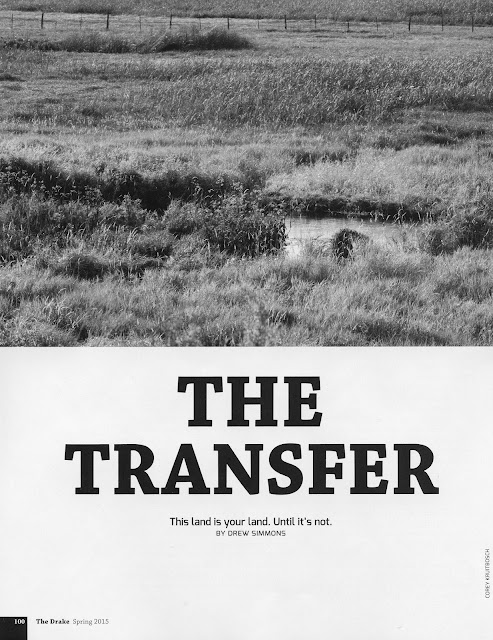Timing is everything
The red jacket of the ski patroller was about 50 feet above me, just above the X-crossed skis that are the universal sign for trouble. Often just a broken leg or arm, but sometimes much worse. In this case, the X was marking the spot of a panting, panicked skier who was laying on his back, staring up into the sky and talking rapidly, adrenaline fueled by the fact that about 20 minutes ago he almost died from suffocation, head far below his feet in the trap known as a “tree well.”
“Yeah. My son is the one who found this guy.”
“Well … your son saved his life.”
The guy was still clearly processing what had just happened, and was still rambling away about how he had taught skiing in Europe, about how he had just watched a video about avalanche safety, and about how he and my son should exchange phone numbers and stay in touch. He knew that this skinny 19-year old had been the difference for him, and told him so repeatedly about how that last cry for help was actually is his last breath, and he thought for sure that he was soon going to die.
Two days earlier – 48 plus hours and numerous minutes – our entire voyage to this snowy Wyoming mountain range was in total uncertainty. It’s never easy to travel to the Northern Rockies in January, but this year and this trip things were worsened by a wave of unprecedented flight cancellations due to the Omicron variant of COVID-19. Thousands of flights were being cancelled every day over the New Year’s Weekend, like snow stacking up on a windowsill, higher and higher. Our original itinerary – Burlington/Newark/Jackson – was an early casualty, cancelled five days ahead of our actual scheduled flights. We were rebooked automatically, of course, but we were also given the opportunity to cancel the trip with no penalty. As a family, we wrapped our heads around the reality that the trip just might not happen.
It prompted a family meeting. Something we don’t do very often. But it was important to get a read on what everybody wanted to do. Do we go and risk spending days in the purgatory of the Chicago airport? Or do we kick the can down the road and postpone for a year? It was a good conversation with plenty of honesty and heart-felt sentiments covering the full range from caution, to pragmatism, to fuck it let's go. By the end of the family meeting, we were agreed. We were going to go for it, despite the very very real possibility that the whole thing could easily go sideways. Sawyer said it best, though: "I just think that if we can make it there, That first turn is going to be so worth it."
As expected, however, things did go sideways right from the start. Our inbound plane was two hours late, and by the time we got to O'Hare, our Denver flight was long gone. We grabbed an airport hotel room, ate French Onion soup ad wedge salads in a red leather chop house staffed by Eastern european waitresses, and caught a morning flight the next day to Wyoming,
The thought was not lost on us that if we’d made our original flight – or if we’d been delayed even more – we would not have been on that exact part of the mountain at that exact moment when that skier made his last gasp for help.
When Sawyer stopped and turned toward the weak, small voice, he saw nothing but branches at first, and nothing but snow. He had headphones in, listening to music as he typically does while skiing, so it crossed his mind that maybe he had imagined things.
When he looked again, though, he saw a single ski wrapped in the low branches. Which was connected to a boot. Which was connected to a leg. Which point almost straight downward toward the trunk of the tree. This person, this human, had been struggling to free themselves from this snow trap, but every time he tried to wrest himself away from the snare of the snowy boughs, his head would sink deeper down and more snow would fall on his face. Like a human dart pointed headfirst toward the roots of the tree.
Tree well deaths are sadly common in the mountains known for deep snow, and they don’t discriminate between experts and novices. Because the tree itself is giving off a tiny bit of heat, the snow around the trunk becomes thinner, almost rotted, like a snowy trap door waiting to suck in a nearby skier.
It can happen when a skier or snowboarder falls near trees, but it can also happen when they’re trying to side step past a group of trees, and a ski placed too near can spin the skier around and drop them backward, headfirst into the trap.
I found a stat that 9 out of 10 skiers involved in some experiments around tree wells were not able to extricate themselves. No partner, no rescue. “In many cases, he or she can die as quickly as someone can drown in water.” LINK
“Where's your partner?" was the first thing the ski patroller said to the newly alive survivor. It's not just a faux pas to ski solo on a heavy, deep, wind-loaded powder day: it's potentially fatal. The skier’s "partner", apparently, was far ahead as he’d been trying to prove his ski superiority, the standard result of a competitive, somewhat dickish friend.
"Well,” the patroller paused, “when you find him, he owes you more than a beer"



Comments
Post a Comment